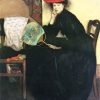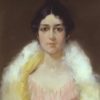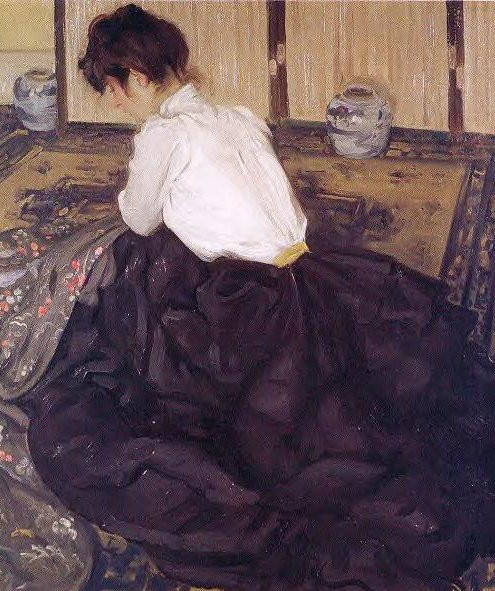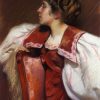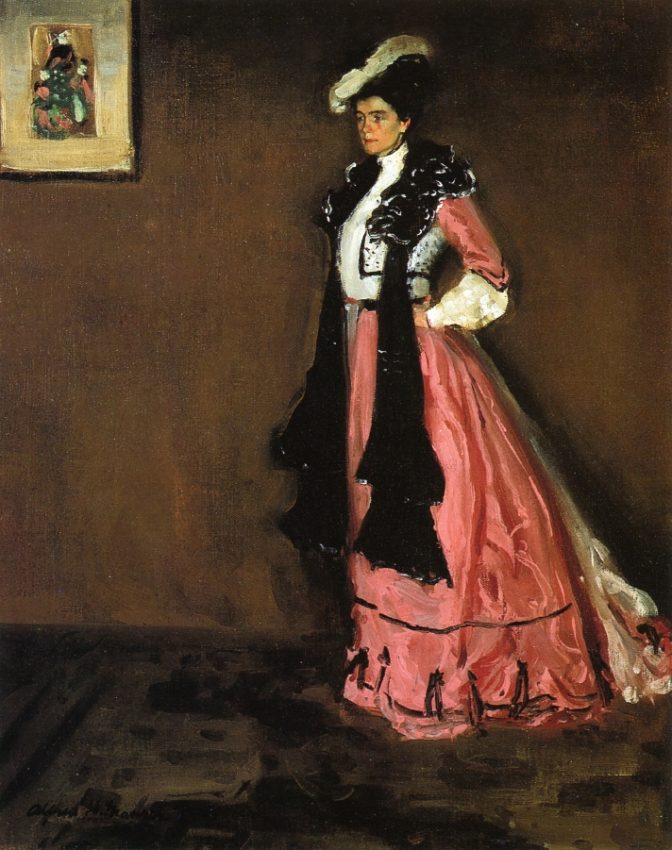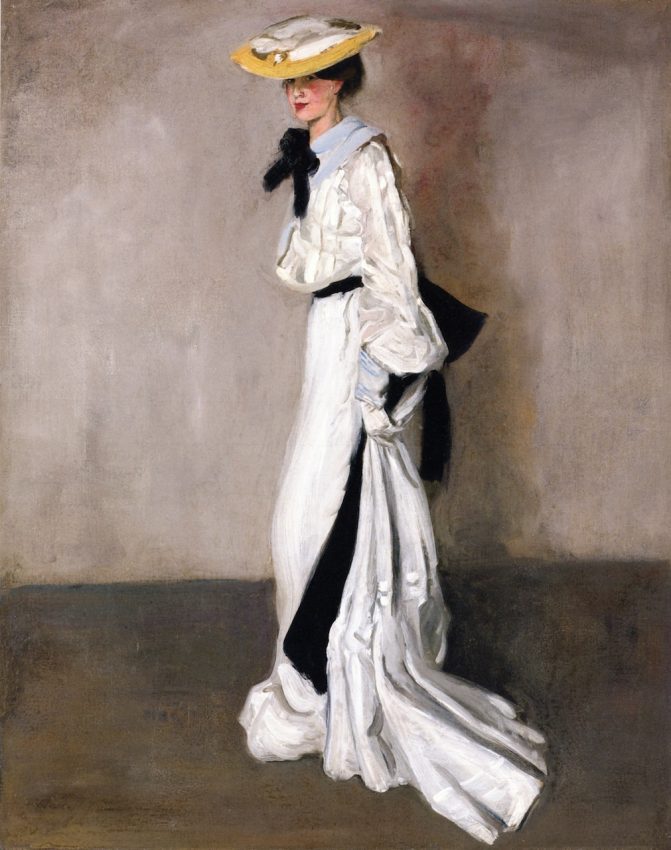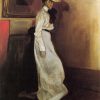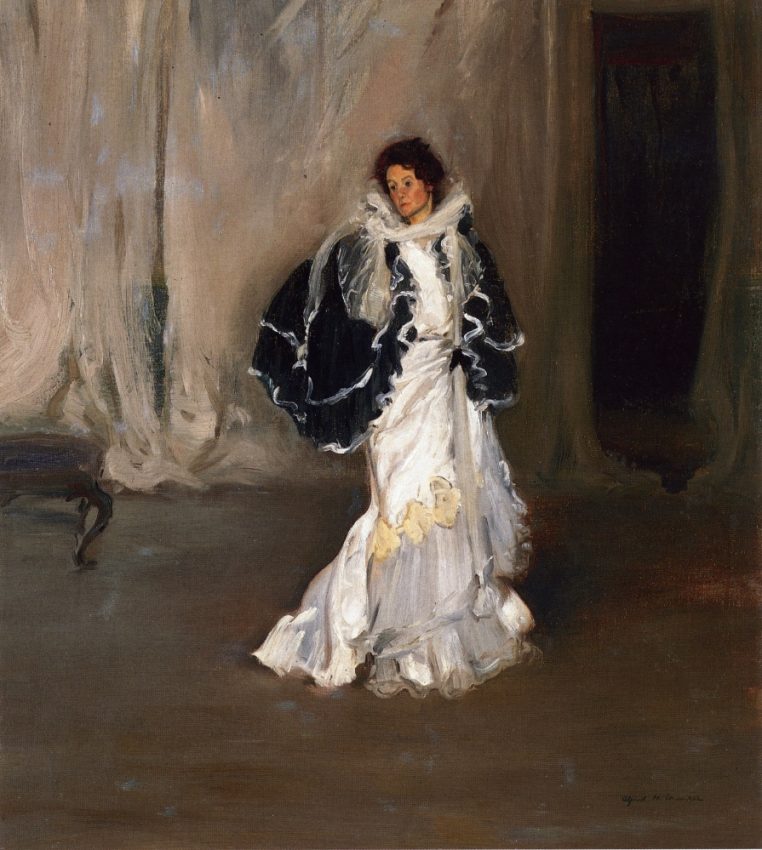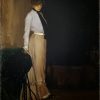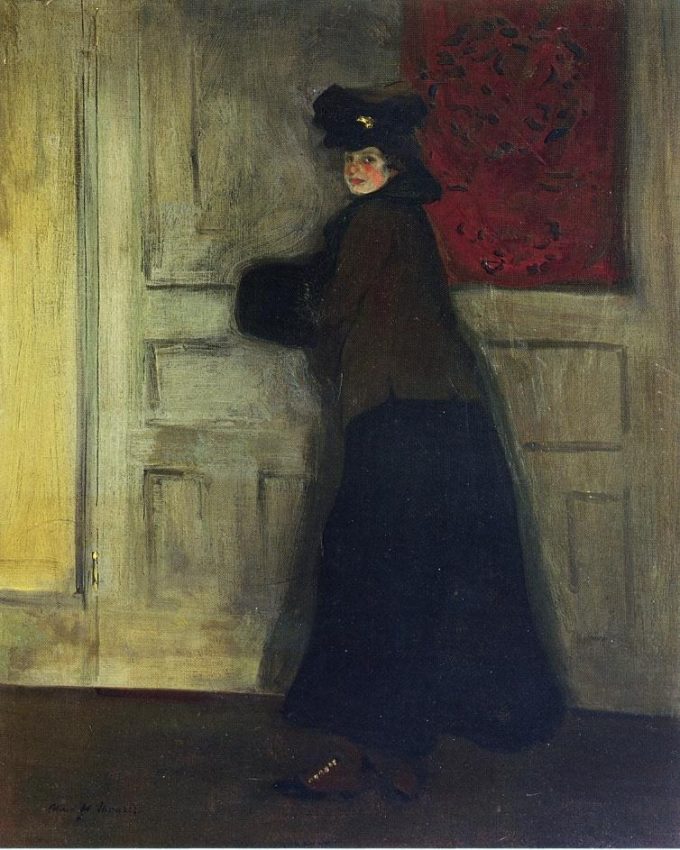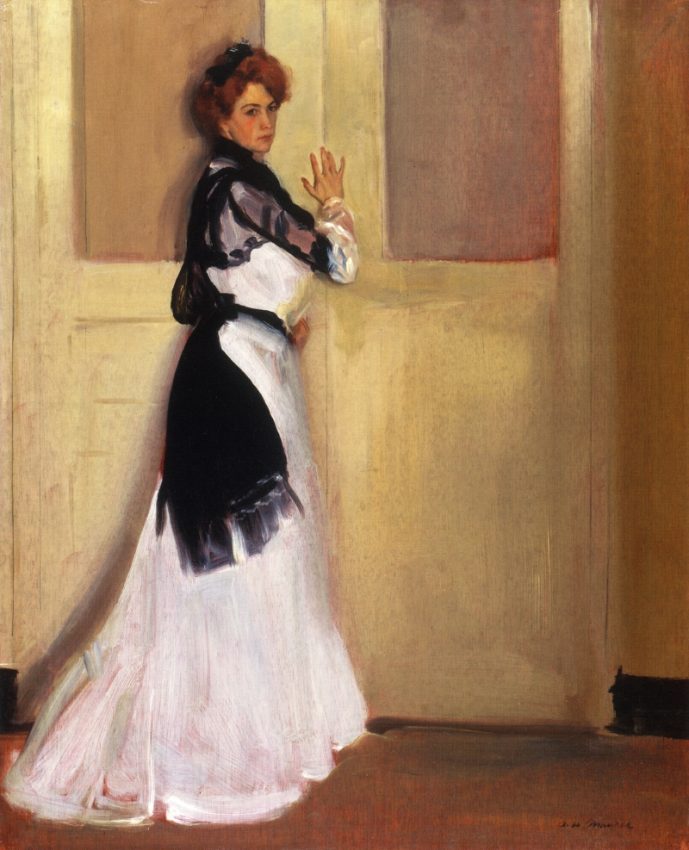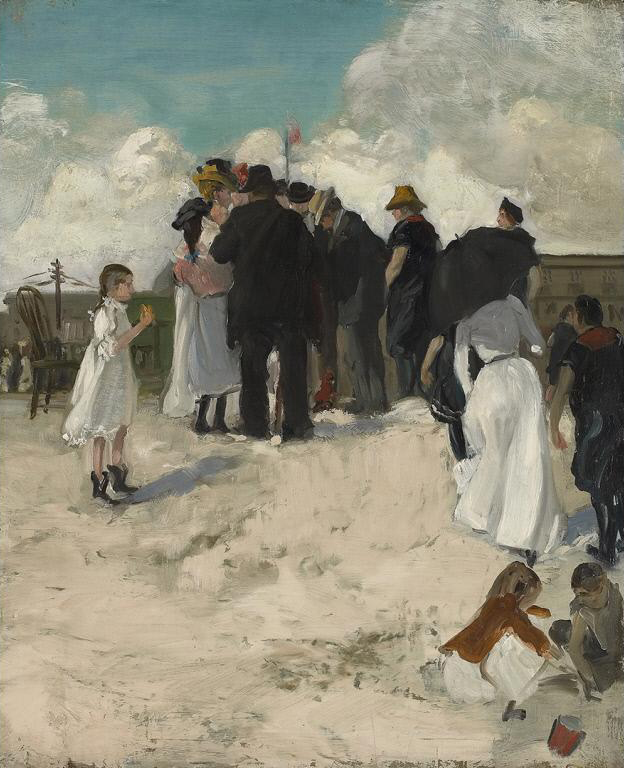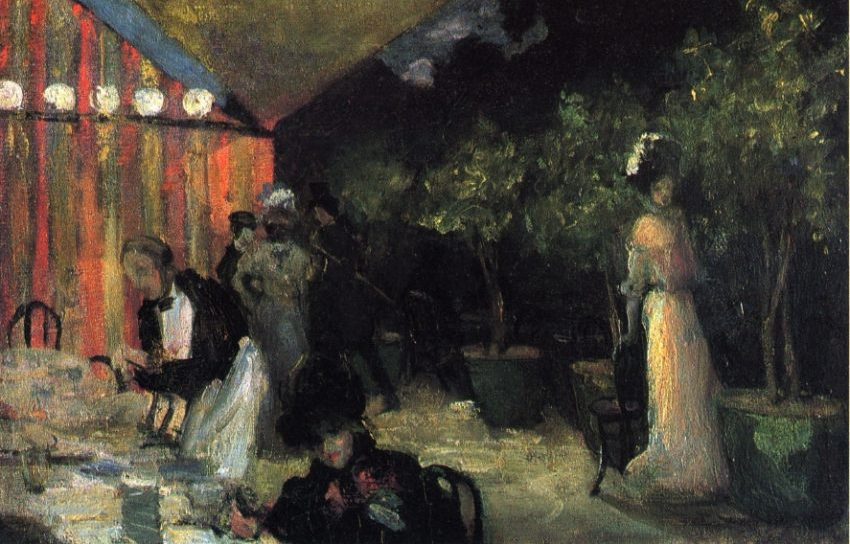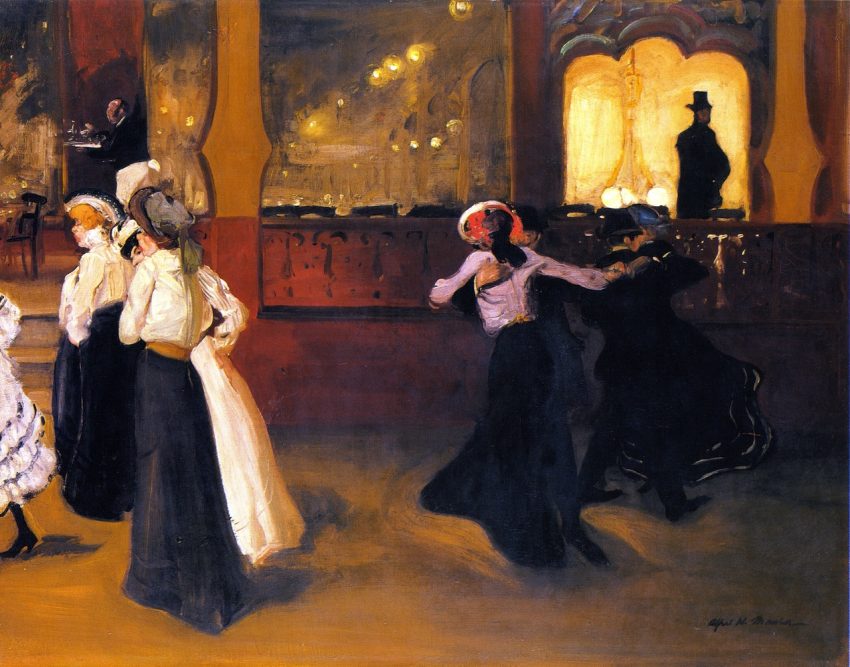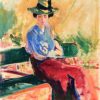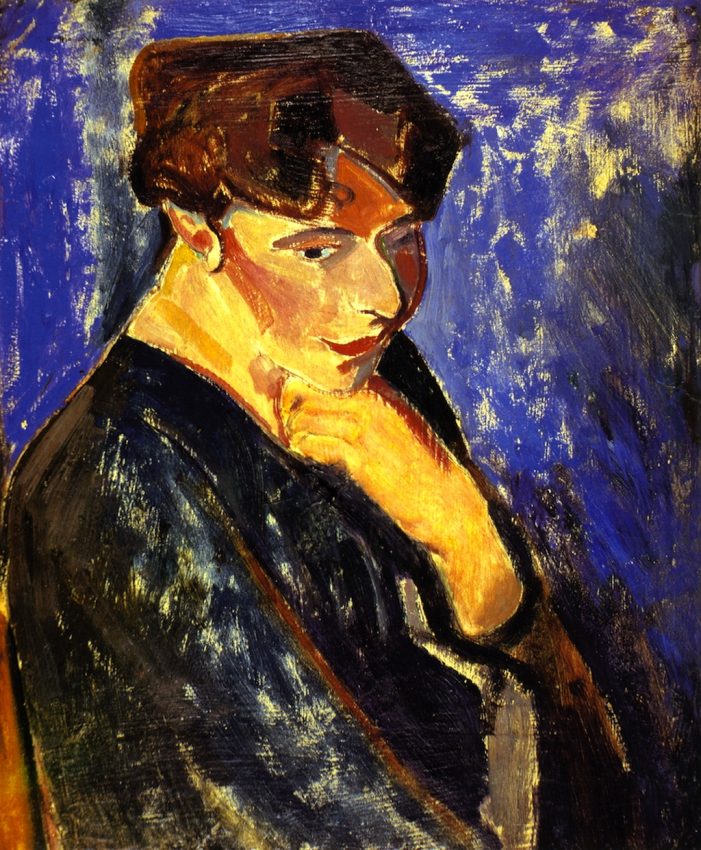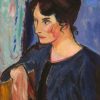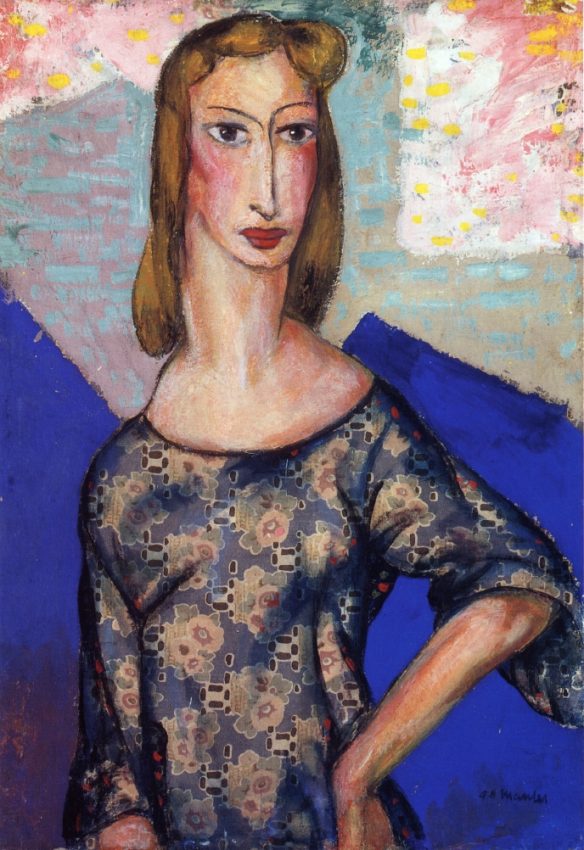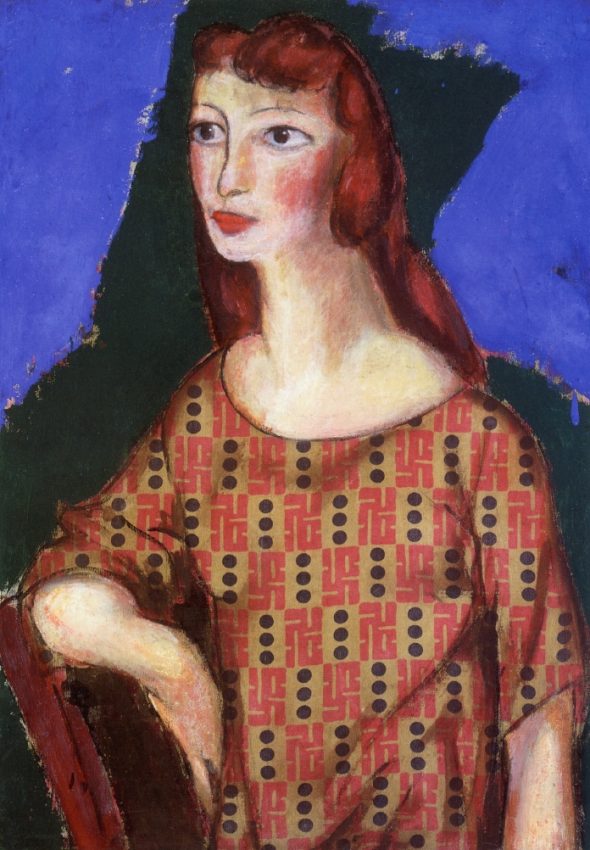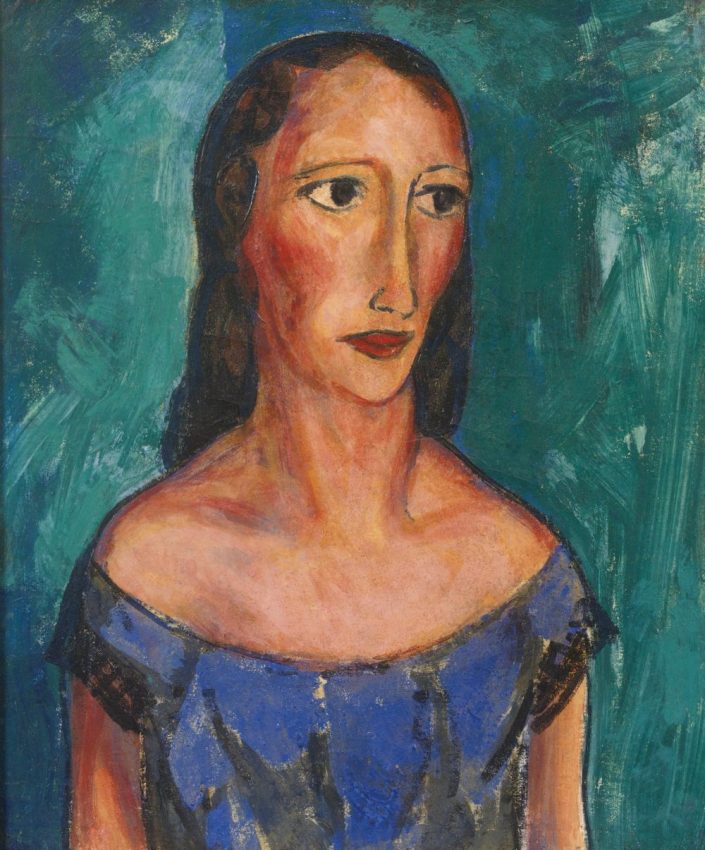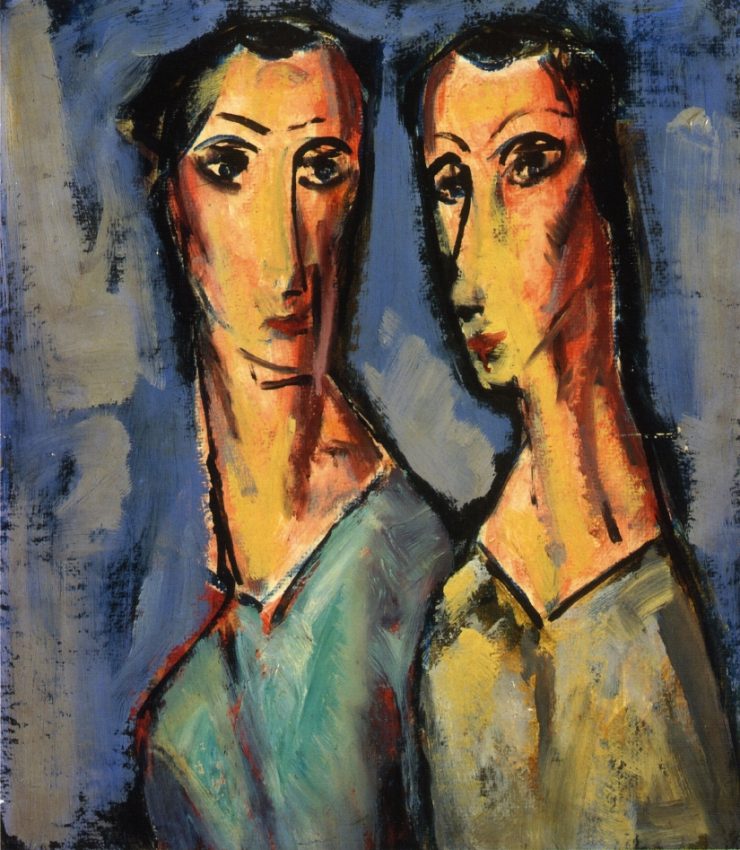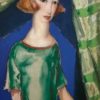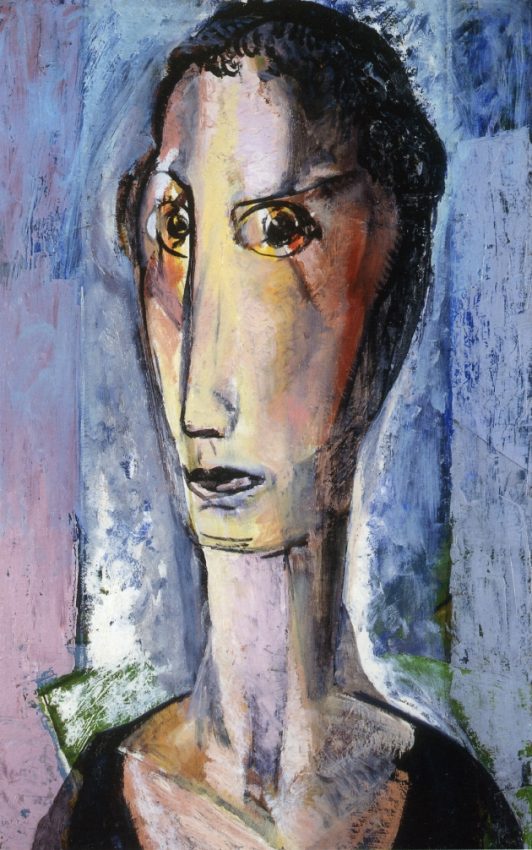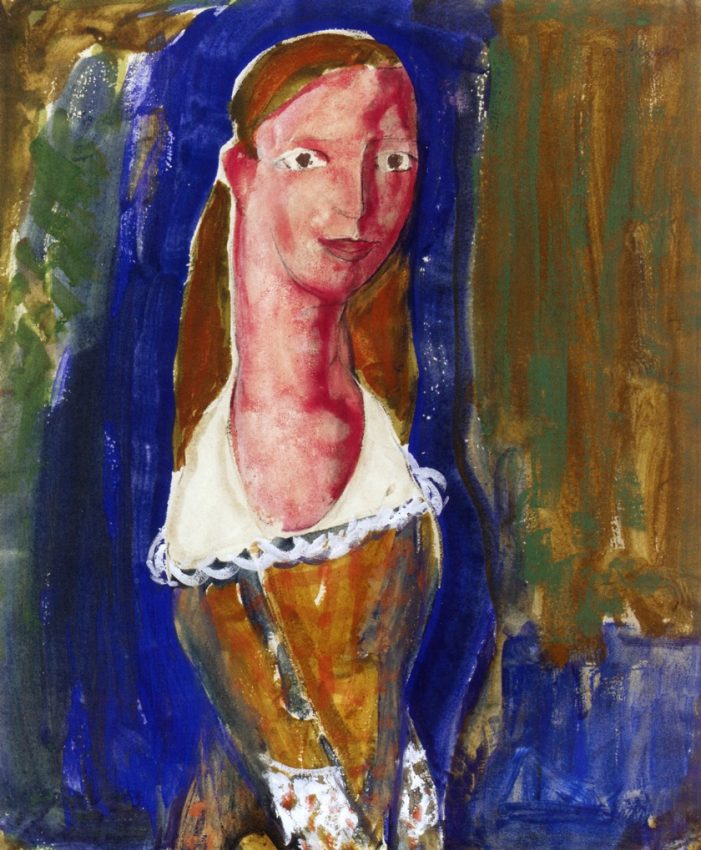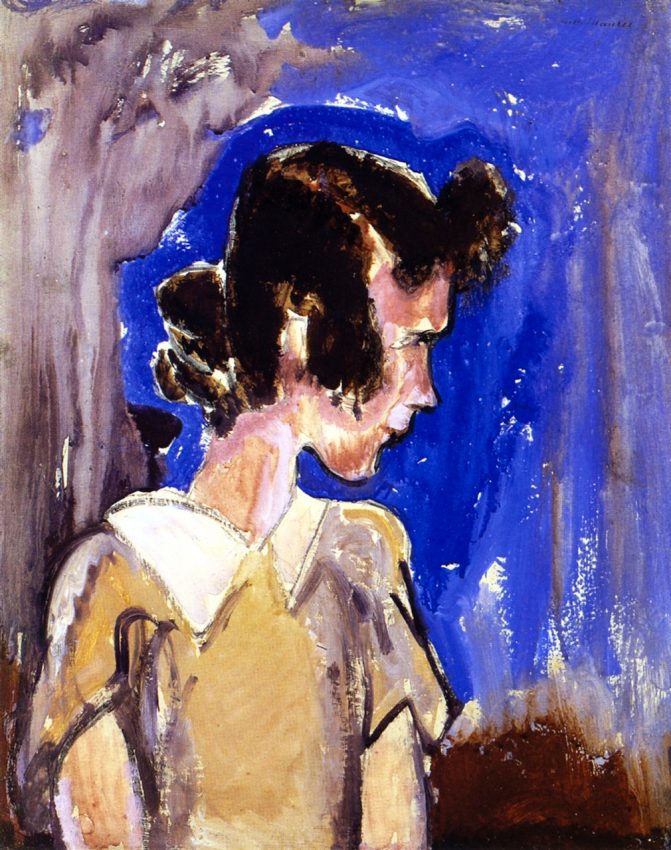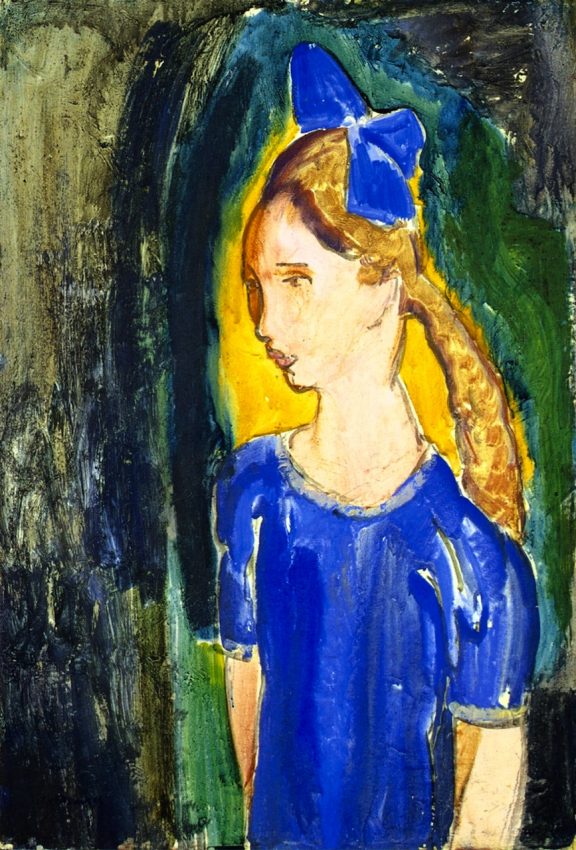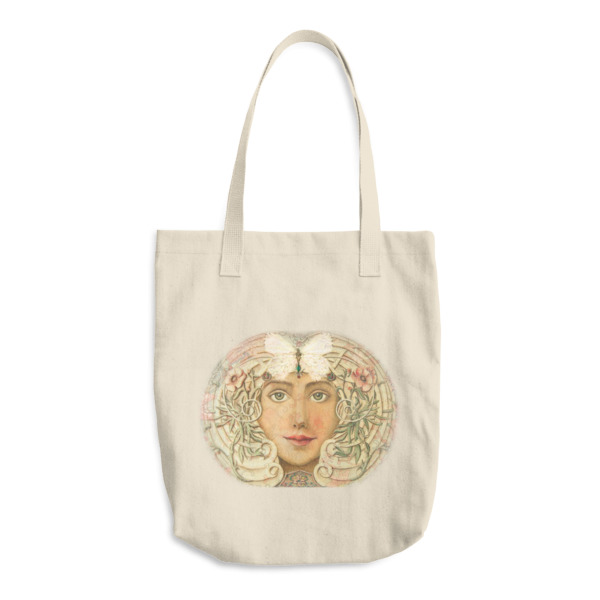Alfred Henry Maurer (1868-1932)
Alfred Henry Maurer was an American modernist painter. He exhibited his work in avant-garde circles internationally and in New York City during the early twentieth century.
Highly respected today, his work met with little critical or commercial success in his lifetime. Maurer was born in New York City. He was the son of German-born Louis Maurer, a lithographer with a pronounced disdain for modern art.
At age sixteen, Maurer had to quit school to work at his father’s lithographic firm. In 1897, after studying with the sculptor John Quincy Adams Ward and painter William Merritt Chase, Maurer left for Paris, where he stayed the next four years, joining a circle of American and French artists.
Finding the instruction at the Academie Julian too limited, he spent most of his time copying in the Louvre. His self-portrait from that time expresses the ‘youthful optimism” of that period of his life. At the time, Maurer worked in a conventional but self-assured realist style. Maurer’s “An Arrangement”, which was compared to the work of Whistler in its color sense and fluid handling of paint, made his reputation in the American art world.
Comparisons were made to Chase and Sargent. The painting received first prize at the 1901 Carnegie International Exhibition, whose jurors included Thomas Eakins and Winslow Homer.
It was an honor that promised a bright future, and Maurer hoped it would convince his demanding and skeptical father that he could, in fact, paint. Yet, at age thirty-six, in Paris, deviating from what everyone (including himself, at times) called “acceptable” painting styles, Maurer changed his methods sharply and from that point on painted only in a cubist and fauvist manner.
